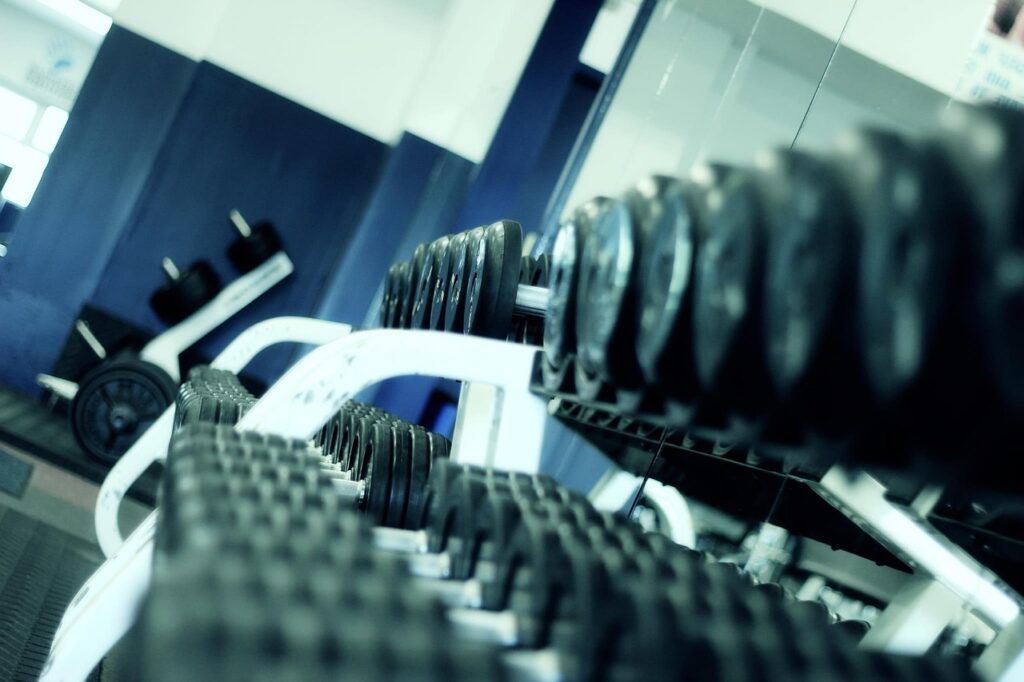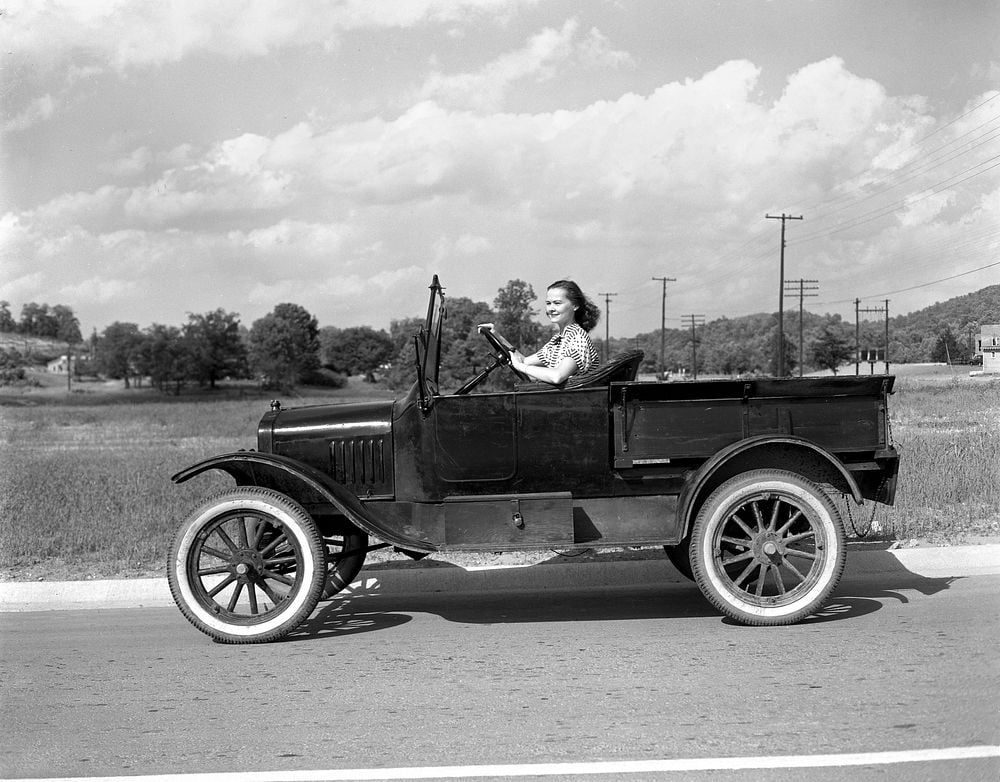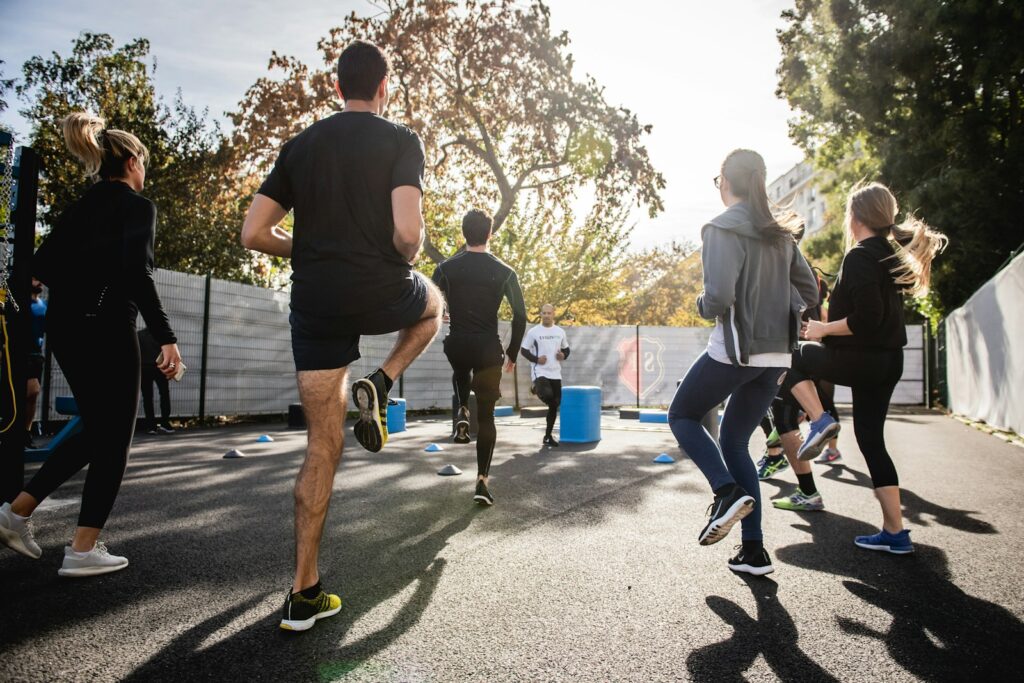
Abs are the iest of all muscles. Centrally located, they’re the bling of a physique that proves their owner put in the gym and diet work. This allure explains why, for such a simple set of muscles—stabilizing the torso and bending it slightly—there’s an outrageous number of exercises, devices, and variations promising easy results. Indeed, there’s a whole ab industry built on this desire.
However, FITNESS SOCIAL MEDIA often acts as a firehose of questionable workout advice, especially for ab training. From five-minute core routines to miracle exercises no normal person can pull off, there’s a near endless stream of junk. This misinformation won’t get you closer to your six-pack goals; it often hinders them, leading to wasted effort and potential injury.
To cut through this noise and focus on what truly works, we’ve analyzed extensive studies and gathered insights from Men’s Health’s Fitness Director Ebenezer Samuel, C.S.C.S. As Samuel emphasizes, “Your core serves many different functions—from twisting to bracing to flexing your spine—and how do we train it? By skipping the Instagram stupidity and focusing on what works.” We’re now highlighting 15 major ab exercises that, despite their popularity, often fail to deliver the desired results for most guys, acting as true saboteurs in the quest for a strong and visible midsection.
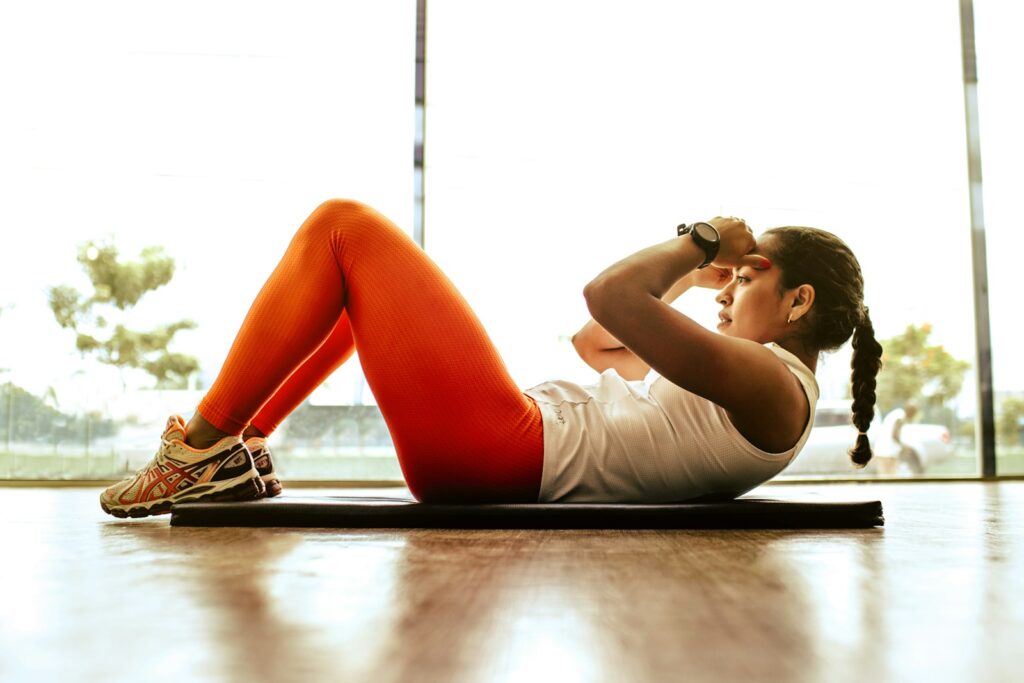
1. **The Standard Crunch**This movement is arguably one of the most recognizable ab exercises, a staple in countless routines for decades. Yet, for all its fame, the standard crunch often falls short of delivering the six-pack results most guys are chasing. Men’s Health’s Fitness Director Ebenezer Samuel, C.S.C.S., highlights its limitations: “These are a staple movement, but they’re not actually challenging your abs through a long range of motion, they’re not providing a lot of tension, and they’re only working your abs in the flexed position.” Without significant range or sustained tension, the muscle simply isn’t stimulated enough for optimal growth and definition.
Beyond Samuel’s expert opinion, scientific studies have also cast doubt on the crunch’s efficacy. While one American Council of Exercise study in 2014, performed with a deliberate and correct form, showed “fairly high activation” for upper and lower abs, another from 2001 by the same organization ranked it “very low.” This disparity, as noted by researchers, often boils down to the critical importance of precise form—something frequently overlooked by the average gym-goer. When performed improperly, which is common, the crunch becomes an even less effective use of your valuable workout time.
Furthermore, the crunch comes with potential drawbacks for many individuals. If you’re someone who spends a significant portion of your day seated, you likely contend with tight hip flexors. Performing traditional crunches can exacerbate this issue, leading to discomfort and pain in the groin, lower back, or hamstrings. Beyond the hips, the crunch can also place undue stress on your neck and spine, especially if you’re pulling your head forward or rushing through the movement. Focusing on a very small section of the abdominal wall, it often misses the comprehensive engagement needed for a truly strong and functional core.
Instead of relying on this classic but often inefficient exercise, there are far more effective ways to engage your abdominal muscles. For instance, Samuel champions the cable crunch, which can be loaded for increased tension and offers a much longer range of motion through a kneeling position, challenging anti-extension effectively. If you’re keen on using a crunch variation, performing it on an exercise ball can provide a longer range of motion and a more efficient workout, making it a better alternative for those still attached to the movement pattern. The key is to seek exercises that truly challenge your core through its full capabilities.
Read more about: Beyond Instinct: 14 Cutting-Edge Ways Pro Athletes Engineer Victory Through Data Analytics
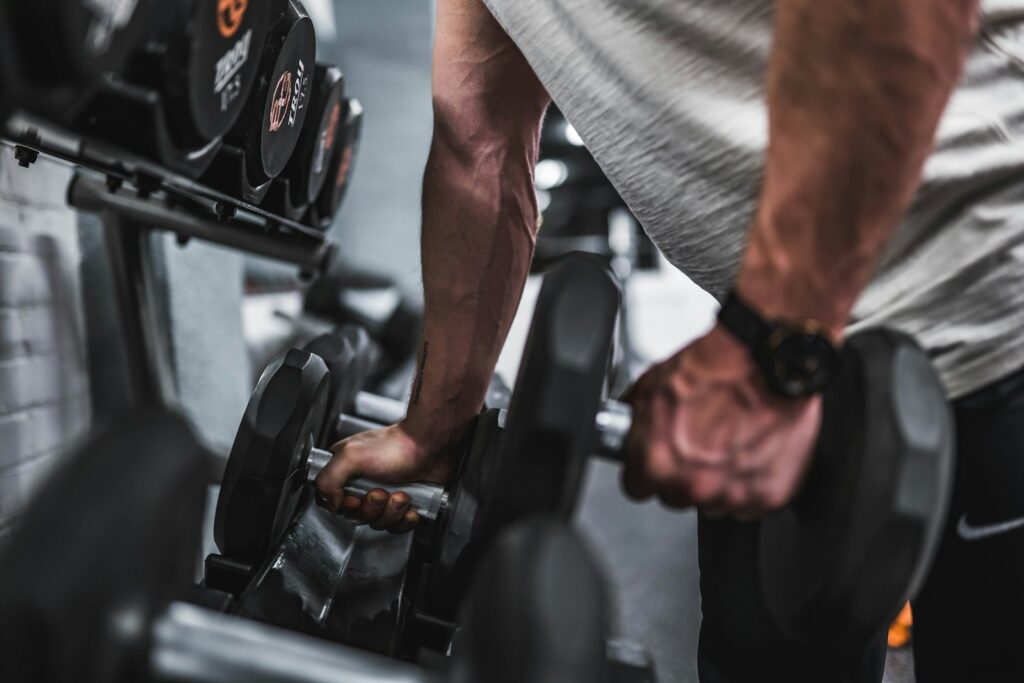
2. **Long-Duration Planks**The plank has gained immense popularity as a go-to core exercise, often lauded for its simplicity and the perceived challenge of holding it for extended periods. However, when the goal is a sculpted six-pack and impressive core strength, holding planks for five, ten, or even fifteen minutes often “flat-out refused to work” for most guys seeking those outcomes. Men’s Health’s Fitness Director Ebenezer Samuel, C.S.C.S., offers a crucial perspective on this trend: “As much as we think planks are amazing for the people who can hold them for five, 10, 15 minutes and land in record books, note this about the guys holding the planks: They do not have terrific six packs, they do not have impressive core strength, and these aren’t the people showcasing rotational power.” This statement shatters the myth that sheer endurance in a static position equates to aesthetic abs or functional strength.
The traditional plank, while a decent foundational movement for general core stability, quickly loses its significant value for building visible abs after about 45 seconds. Samuel notes that beyond this point, the benefits for muscle growth and core power diminish significantly. Your core’s responsibilities extend far beyond simply holding a static position; it’s heavily involved in rotational power, bracing, and dynamic stability. Prolonged static holds, while potentially improving local muscle endurance, don’t effectively train these crucial functions, nor do they provide the progressive overload needed for muscular hypertrophy—the kind that makes a six-pack pop. For guys dedicated to unlocking their full core potential, simply adding more time to a plank becomes a futile effort.
Instead of fixating on duration records, the smart approach involves progressing the plank into more dynamic and challenging variations. Adding movement to your planks, such as shoulder taps or transitioning to a long-lever plank, dynamically challenges your core, allowing you to reap far more benefits in a shorter period, typically within 30 seconds to a minute. Samuel emphasizes this progression: “Once you advance and understand you can hold and control a plank for 60 seconds, you want to move onto moves that will build your core—and that’s not the world record plank.” These dynamic alternatives force your core to rotate and brace actively, engaging the muscles in a way that static holds cannot, leading to tangible gains in strength and definition.
Read more about: Halle Berry’s Ageless Secrets: 12 Core Strategies for a Youthful Body & Unstoppable Energy
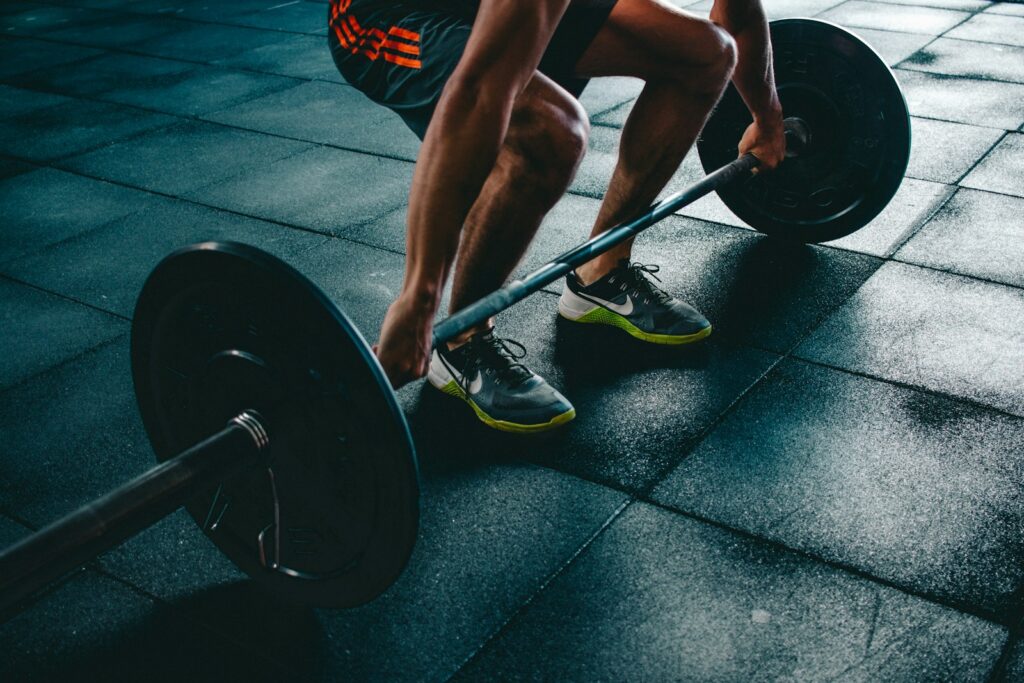
3. **The Side Bend**Often seen in gyms with individuals holding a dumbbell in one hand and bending to the side, the side bend is a classic exercise intended to target the obliques. However, despite its widespread practice, this movement frequently “refused to work” effectively for core development and can even pose risks. Ebenezer Samuel, C.S.C.S., points out its fundamental inefficiencies, stating that “Because of the position of the load and the other muscles involved in the side bend (arms, shoulders, and traps), Samuel says it’s too easy to be effective and doesn’t target your core muscles enough.” The primary issue here is that the exercise fails to create sufficient challenge and isolation for the oblique muscles, diluting its impact among other, less relevant muscle groups.
The concerns about the side bend extend beyond its effectiveness. Tom’s Guide corroborates Samuel’s analysis, highlighting that it’s “another dumbbell ab exercise you’ve probably seen people doing in the gym, holding a dumbbell in one hand and crunching to the side. Unfortunately, this is another ab exercise that isn’t all that great for your back.” The act of bending directly to the side, especially with external load, can put your spine in a compromised position. This is particularly problematic for individuals who might inadvertently use momentum to “jerk the body from side to side,” rather than controlled, muscle-driven movement, increasing the potential for strain or injury to the lower back and spinal column.
One of the major challenges with the side bend is the difficulty in truly isolating the oblique muscles. The move is designed to target these muscles, which run along the side of the body, but as the context explains, “it’s difficult to isolate the obliques.” Other muscle groups, such as the arms, shoulders, and traps, can easily take over, reducing the specific load on the obliques and making the exercise less potent for sculpting that V-taper. While study 3 did rank the side bend #1 for obliques, it was the only study to include it, meaning a comprehensive comparison against more effective, modern oblique-specific exercises is lacking, and its efficacy relative to other proven movements remains questionable for many.
Rather than risking spinal health for minimal oblique engagement, there are superior and safer alternatives that deliver far better results. Samuel recommends the overhead Pallof press, which he states “produces similar tension for our obliques and abs—which is what you think you’re getting during the side bend—except it’s a lot easier to stay focused [on the muscles] and the placement of the load over your head keeps more tension on your abs during the entirety of the set.” Tom’s Guide suggests side planks, which are “far more effective when it comes to working your oblique muscles” and “easier to build core strength and stability.” These alternatives provide a more controlled, focused, and ultimately rewarding experience for oblique development without the inherent risks.
Read more about: Dream Drives: 15 Classic Cars That Should Absolutely Be Revived for Today’s Roads
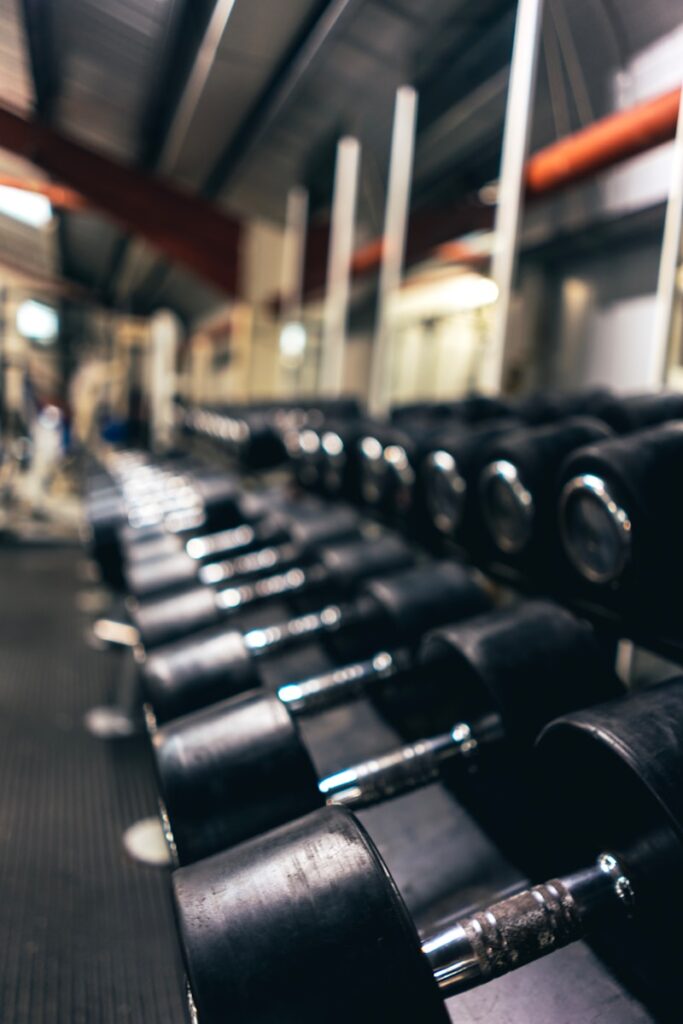
4. **The Reverse Crunch**For many, the reverse crunch seems like an intuitive and accessible exercise to target the elusive “lower abs,” an area often coveted for a well-defined midsection. Its popularity stems from the idea that it specifically engages that segment of the rectus abdominis. However, despite its widespread appeal, this exercise frequently “refused to work” as effectively as intended for a majority of individuals. Ebenezer Samuel highlights a critical flaw: “This move is also easy to cheat on and to avoid creating proper core tension with… you wind up doing this movement too fast and not getting anything out of the reverse crunch.” This tendency to rush or perform it without strict control fundamentally undermines its potential benefits.
The problem lies squarely in the execution. To truly benefit from a reverse crunch, you need to deliberately engage your lower abs, lifting your hips off the floor with control and maintaining tension throughout the movement. Yet, it’s all too common to see people swinging their legs, using momentum rather than muscle contraction, or simply not lifting their hips high enough to create meaningful tension in the abdominal wall. When the movement is performed too quickly, or without that conscious focus on the core, the exercise becomes largely inefficient, failing to adequately stimulate the muscles it’s meant to target. This makes it an exercise where the perceived effort often doesn’t translate into tangible results for many.
Fortunately, a more challenging and profoundly effective alternative exists for targeting the lower abs with precision: the hanging leg lift. Samuel champions this move, or any hanging variation, as one that “viciously targets your lower abs.” The advantage here is significant: “The great thing here is that we have tension on our abs, and we can maintain tension on our core at the bottom of the exercise,” Samuel explains. This sustained tension, combined with the difficulty of controlling your body while hanging, forces the lower abs to work much harder. While it’s undeniably more difficult than a reverse crunch, leading to fewer reps, each repetition of a hanging leg lift will be significantly more effective, delivering superior muscle engagement and results for a stronger, more defined lower abdominal region.
Read more about: Unraveling the ‘Danger’ Myth: 8 Foods and Components Whose Truths Science Uncovered
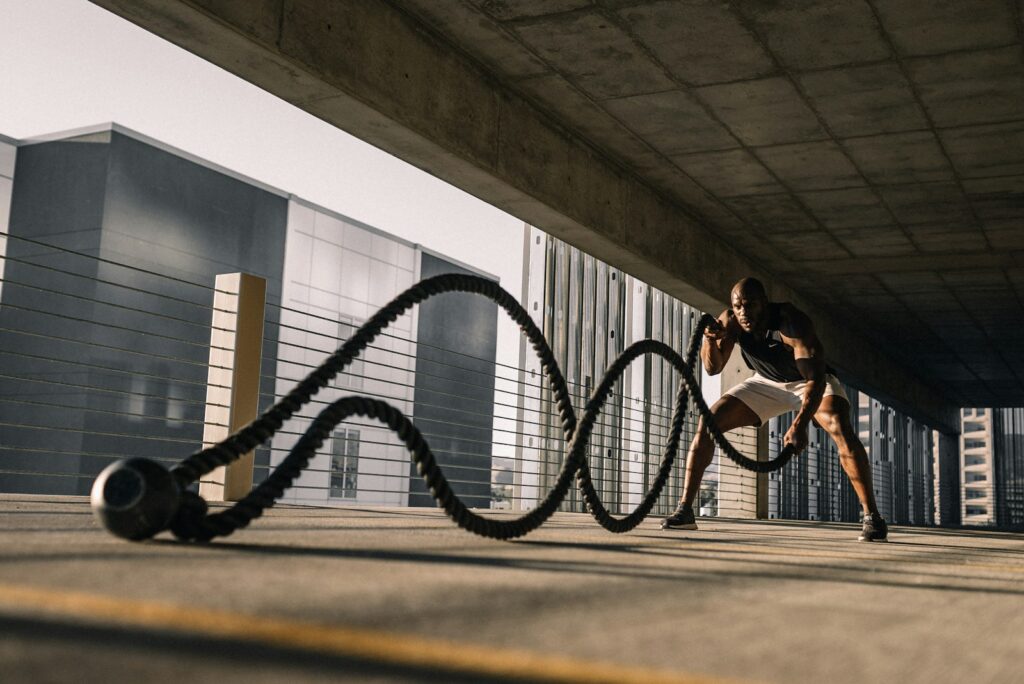
5. **The Bicycle Crunch (Common Flaws)**The bicycle crunch often features prominently in lists of effective ab exercises, promising a dynamic, twisting motion to hit the obliques and rectus abdominis simultaneously. Indeed, it combines a crunch with a leg lift and adds a twisting motion, ranking high in two abdominal studies and offering a comprehensive feel. However, for many guys, this movement frequently “refused to work” effectively for optimal ab development, primarily due to common execution flaws. Ebenezer Samuel, C.S.C.S., provides a crucial counterpoint to its widespread praise: “Samuel says this movement is way overhyped. We lauded dynamic movements earlier in this article. Still, the bicycle crunch is dynamic in all the wrong ways, and, as a result, ‘there are too many moments in the bicycle crunch where there isn’t tension on the abs,’ Samuel says.” This core criticism points to an inherent weakness in its common performance.
The primary issue, as Samuel elaborates, is the failure to maintain proper core engagement throughout the entire range of motion. “Very often, we don’t maintain the hollow position while we’re doing the bicycle crunch, and if we don’t maintain that, then there’s tension coming off of our core.” When exercisers rush through the movement, letting their midsection arch or their core slacken, they lose the continuous tension that is vital for muscle stimulation and growth. This means that despite the appearance of a dynamic, full-body exercise, the abs themselves are only intermittently challenged, leading to diminished returns and a less effective workout for those pursuing a visible six-pack. The rhythmic nature can be difficult to maintain with precise form.
While the bicycle crunch did rank high in two abdominal studies (study 2 and study 3, where it ranked high for lower and upper abs), and was even suggested as an alternative to Russian Twists in Tom’s Guide, this doesn’t negate the prevalent issue of poor form that undermines its efficacy for the majority. The nuances of maintaining consistent abdominal tension and the hollow body position are often lost in the speed and coordination required for the exercise, leading to Samuel’s assertion that it’s “dynamic in all the wrong ways” for sustained tension. The rhythmic form, as noted, can indeed be difficult to maintain, making it an exercise where intent often doesn’t match outcome for many.
For those seeking truly dynamic and effective core engagement without the tension pitfalls of the commonly performed bicycle crunch, superior alternatives exist. Samuel recommends the front rack march, an equally dynamic exercise that challenges the core using balance, or the halneeling kettlebell windmill. The windmill, though more static, takes the core through a long range of motion involving flexion and rotation, providing sustained tension. These alternatives offer a more reliable path to building core strength and definition, ensuring that every movement contributes meaningfully to your six-pack goals, rather than falling victim to common execution errors.
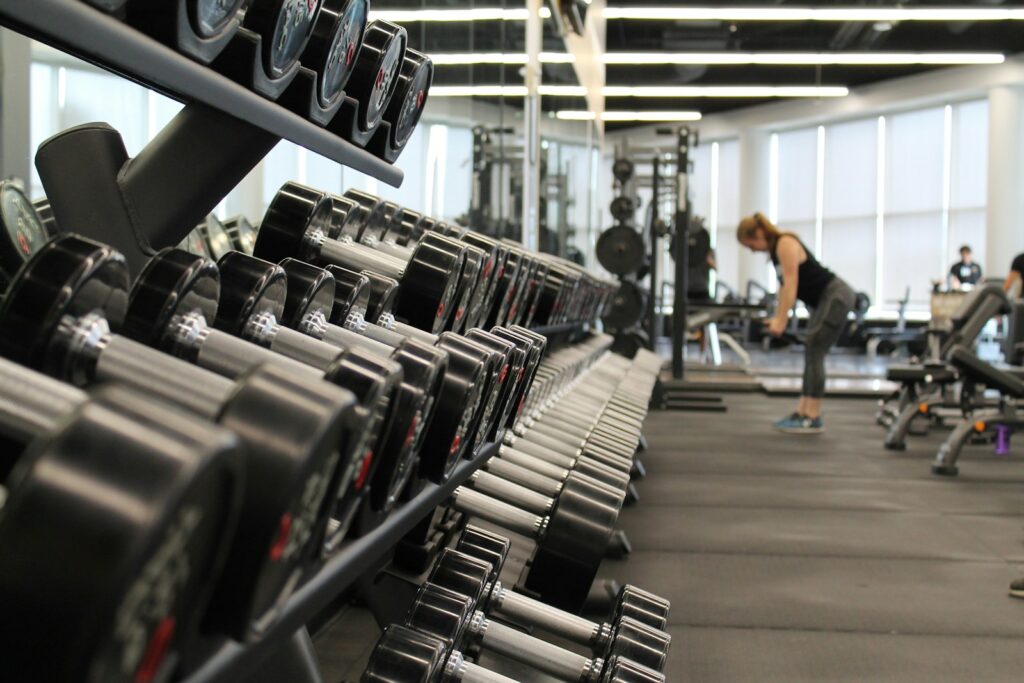
6. **The Traditional Sit-Up**Like its cousin the crunch, the sit-up is an age-old exercise ingrained in fitness culture, often perceived as a fundamental movement for abdominal development. However, numerous studies and expert opinions concur: the traditional sit-up has consistently “refused to work” as an efficient or even safe exercise for sculpting a six-pack, with its verdict being “in last century, and it keeps coming in: (three more studies) again and again and again.” The primary reason for its poor standing is its over-reliance on the hip flexors, which Samuel notes are far too involved. This diminishes the direct work on the abdominal muscles, making it a largely inefficient choice for core training.
The sit-up’s major drawback is that it primarily engages the hip flexors—muscles located at the front of your hips—to pull your torso up, rather than effectively isolating and contracting the rectus abdominis. This means that a significant portion of the effort is diverted away from your abs, reducing the stimulus needed for muscle growth and definition. As the context plainly states, “The sit-up involves the hip flexors too much and just isn’t a very effective abdominal exercise.” Consequently, while you might feel like you’re working hard, much of that effort isn’t directly translating into the desired six-pack development. This is why sit-up variations, like decline sit-ups and Roman chair sit-ups, also generally fall short.
Beyond its inefficiency, the sit-up carries significant risks, particularly for those with a sedentary lifestyle. Tom’s Guide echoes this concern: “Again, for anyone who spends a lot of time sitting down behind a desk, sit-ups aren’t all that effective, plus they can be hard on your back.” If you already have tight hips, which is common for desk workers, performing sit-ups can put considerable strain on your lower back. The forceful hinging motion, especially when rushed or performed with compromised form (like anchoring your feet), can lead to pain or serious injury. The notion of “doing sit-ups at school with someone sitting on your feet” perfectly illustrates a scenario where form is often sacrificed for completion, doing “much for your abs, and you’re more likely to cause pain or injury.”
Instead of persisting with a movement that is both inefficient and potentially harmful, much safer and more effective alternatives are readily available. Just as with crunches, performing sit-ups on a Swiss ball can improve the range of motion and core engagement if you insist on the movement pattern. However, for genuinely impactful results, planks are a far superior choice. Planks effectively “target the muscles along the front and side of your mid-section,” building core strength and stability without the hip flexor dominance or spinal strain associated with traditional sit-ups. Focusing on exercises that truly engage the entire core, rather than relying on outdated movements, is key to achieving a rock-solid midsection.
Read more about: Unlock Your Inner J.Lo: The Superstar’s Age-Defying Morning Workout, Diet, and Wellness Secrets You Can Start Today
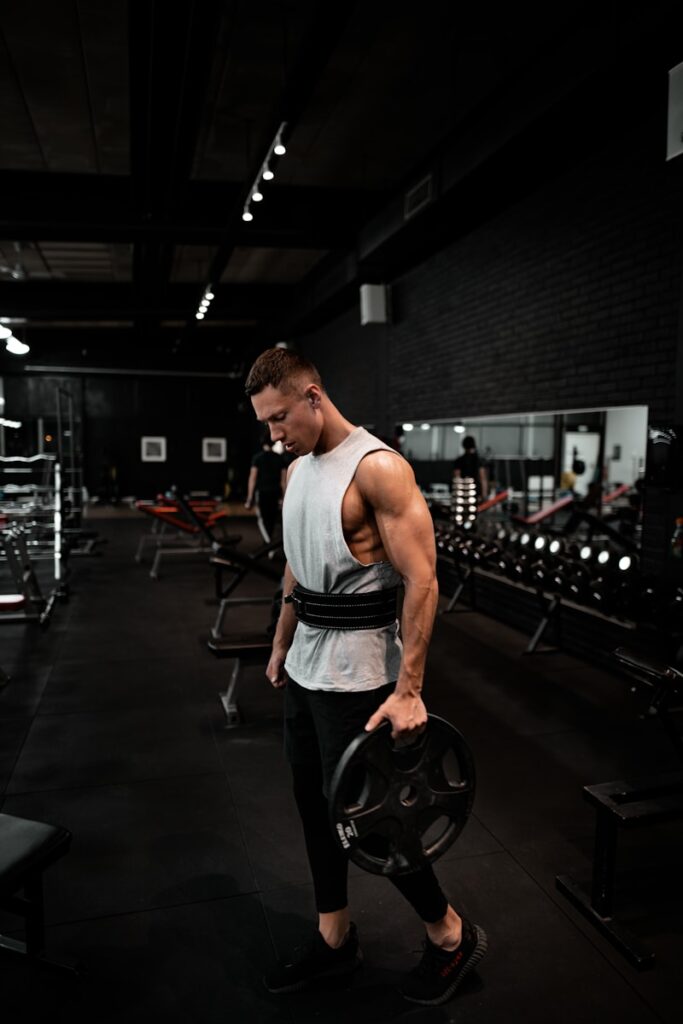
7. **Resistance Band Crunch (a.k.a. Exercise Tubing Pull)**The resistance band crunch, sometimes referred to as an exercise tubing pull, involves performing a crunch while holding a resistance band or tubing either behind or above your head. On the surface, it seems like a logical way to add progressive resistance to a crunch, thereby increasing the challenge to your abdominal muscles. However, this seemingly smart modification frequently “refused to work” for effective ab development, and the context explains why: “We suspect this exercise—which increases tension the more you contract but can lose it quickly afterwards—is difficult to do in a manner that sustains a lot of ab activation.” This fundamental issue with how tension is applied and maintained is its Achilles’ heel.
The nature of resistance bands is that the tension increases as the band stretches further. While this might seem beneficial during the peak contraction of a crunch, the problem arises in maintaining that tension throughout the entire range of motion, particularly during the eccentric (lowering) phase and the starting position. As you extend or relax slightly, the band’s tension rapidly diminishes, often to the point where it provides minimal resistance. This means your abs are only truly challenged for a very brief segment of the movement, if at all, making it difficult to achieve the sustained muscle engagement required for optimal growth and strength. The quick loss of tension means your abs aren’t working hard enough for long enough.
For an ab exercise to be truly effective, it needs to provide consistent and progressive tension that forces the abdominal muscles to work throughout the entire movement. When the resistance quickly dissipates, as it often does with resistance band crunches, the exercise becomes less about challenging the abs and more about managing an inconsistent load. This lack of sustained tension makes it “difficult to do in a manner that sustains a lot of ab activation,” ultimately rendering it an inefficient choice for anyone serious about building a strong, defined midsection. Rather than adding genuine intensity, the band often adds a false sense of resistance that doesn’t translate into real gains, proving to be another saboteur in your six-pack quest.
### Section 2: Beyond the Basics – Uncovering Detrimental, Obsolete, and Misunderstood Ab Approaches
Building on our journey through ab exercises that often disappoint, this second section dives deeper into the fitness landscape, exposing additional culprits that can derail your six-pack aspirations. We’ll uncover gadgets, traditional practices, and even well-intentioned movements that, for various reasons—be it outright detriment, obsolescence, or fundamental misunderstanding—simply refuse to deliver the results most guys are after. Our aim, as always, is to cut through the noise of questionable workout advice and empower you with knowledge that truly works for a strong, visible midsection.
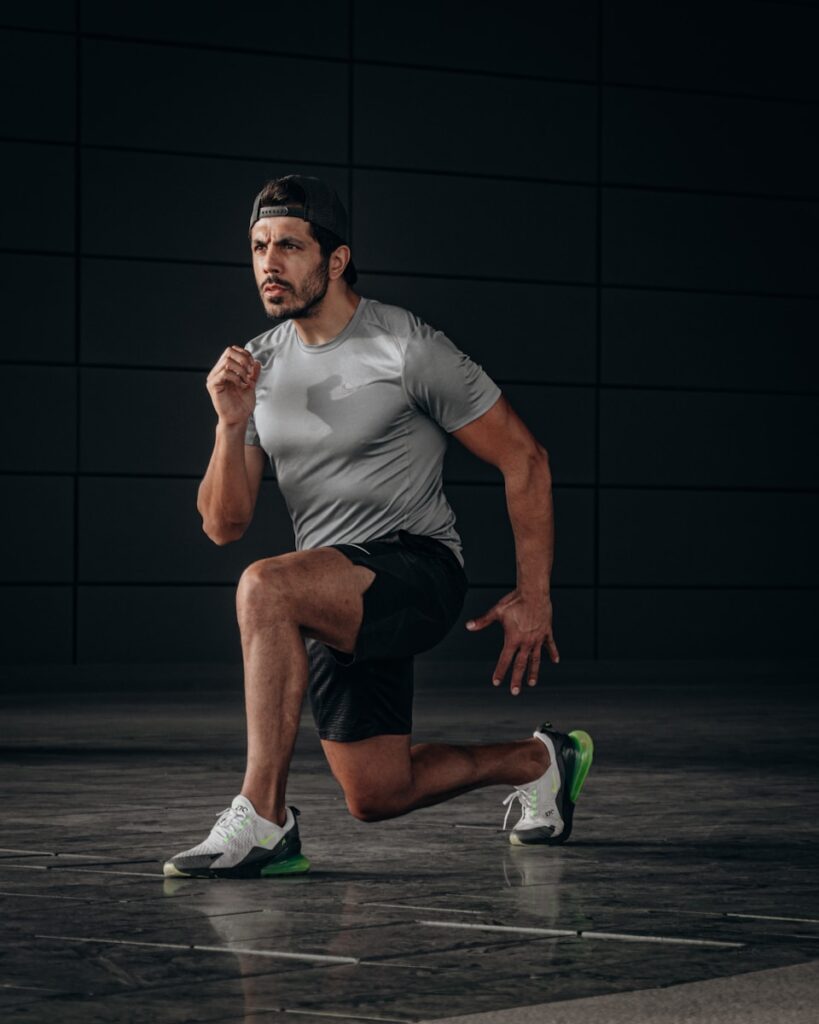
8. **The Ab Rocker, Ab Circle Pro, and Ab Revolutionizer (Gadgets of Failure)**Stepping into the realm of infomercial promises, these devices were once hailed as miracle solutions for melting away fat and sculpting abs with minimal effort. The allure of an “easy button” for a six-pack is powerful, but as Men’s Health often emphasizes, real results require real work, not gimmicks. These specific devices—the Ab Rocker, Ab Circle Pro, and Ab Revolutionizer—were put to the test in various studies, including EMG studies 1, 2, and 5, and the verdict was unequivocally damning: they rated “garbage.”
These machines often guide you through a pre-set motion, limiting your range of motion and failing to adequately engage your abdominal muscles. They promise to make exercises easier, but in doing so, they strip away the very resistance and muscle activation necessary for growth and definition. While they might provide a slight burn, this sensation often misleads users into believing they are effectively working their core, when in reality, the effort translates into negligible gains. The studies confirm what experts already knew: these gadgets are simply not effective for meaningful ab development.
Though none of these appear to be in production anymore, their legacy serves as a crucial warning against similar “miracle” ab devices that continually pop up on the market. If you’re ever tempted to snag one on a resale site like eBay, remember the scientific consensus: don’t. Your hard-earned money and valuable workout time are better spent on proven, fundamental movements that truly challenge and strengthen your core, rather than relying on equipment designed more for marketing than muscle building.
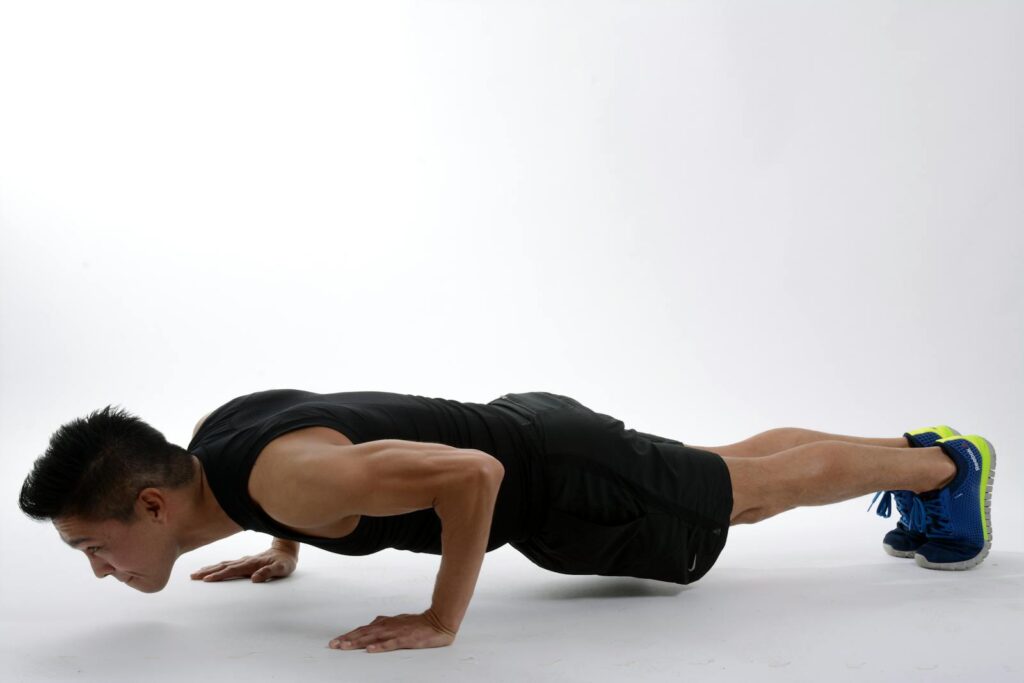
9. **The Broomstick Twist (An Obsolete “Waist Trimmer”)**For generations, the broomstick twist has persisted as an old-school exercise, often promoted as a way to “trim the waist” or enhance core rotation. This involves placing a broomstick or similar bar behind your neck and shoulders, then twisting your torso from side to side. While it appears to target the obliques, this practice is a prime example of an exercise that has, through rigorous testing, “ranked the worst of any supposed ab exercise tested.” It’s a relic of a less informed fitness era that simply doesn’t hold up to modern scrutiny for effective ab training.
The fundamental flaw of the broomstick twist lies in its complete lack of resistance. Without any significant load or tension, twisting your torso in this manner offers virtually no stimulus for muscle growth or fat loss in the midsection. While the movement itself might provide a superficial stretch for your core muscles, it completely misses the mark for building strength, definition, or activating the abdominal muscles in a meaningful way. It’s a motion that might feel like work, but it’s not an effective exercise for transforming your physique.
Furthermore, performing rapid, uncontrolled twisting motions with a broomstick can put undue stress on your lumbar spine, potentially leading to discomfort or even injury over time, especially if done with poor form or excessive speed. Your core’s role in rotation is crucial, but it needs to be trained intelligently, with controlled resistance and a focus on muscle engagement. For genuine rotational power and oblique development, safer and far more effective exercises like cable woodchoppers or medicine ball throws are vastly superior choices, delivering tangible results without the inherent risks.
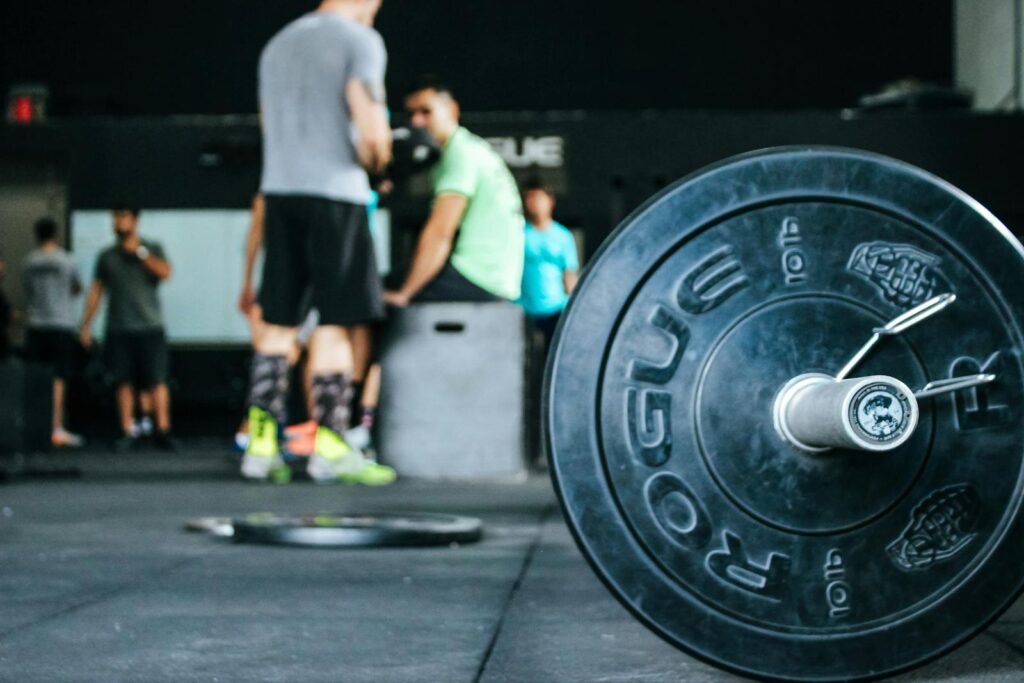
10. **The Pike (Equipment-Dependent Efficacy)**The pike is an exercise that presents a curious case of effectiveness, often “refusing to work” for some guys while proving highly beneficial for others. Its performance typically involves either a Power Wheel or a Swiss ball, and as studies have shown, the choice of equipment is absolutely critical to its success. This highlights a common misunderstanding where the exercise itself might be good, but its application or specific variant can dictate whether it genuinely delivers results for your six-pack quest.
In one study, the pike, when performed with a Power Wheel, “did not fair well” in terms of abdominal activation. This suggests that for many, using this particular piece of equipment might not adequately challenge the core or facilitate the correct muscular engagement needed for optimal results. It’s easy to allow other muscle groups to compensate or to simply not achieve the necessary range of motion and tension required for your abs to truly work with this setup.
However, the narrative completely shifts when the pike is performed with a Swiss ball. In another study, the pike “took top honors for lower abs and obliques.” This dramatic difference underscores the importance of proper equipment and understanding how it affects muscle activation. For those who find the Power Wheel version ineffective, switching to a Swiss ball could unlock the pike’s full potential, providing a challenging and rewarding movement for lower abs and obliques. This is a powerful reminder that sometimes, it’s not the exercise concept that’s flawed, but the specific execution or tool being utilized.
11. **Russian Twists (High Risk, Often Low Reward)**The Russian twist is a widely known exercise designed to target the oblique muscles, which are crucial for a strong, defined midsection and rotational power. However, despite its popularity, this movement frequently “refused to work” effectively for many individuals, and often poses significant risks when performed incorrectly. As Tom’s Guide explicitly states, “often the risks associated with doing the move incorrectly outweigh any benefits you might get from the exercise.” This makes it a tricky inclusion in most guys’ routines, potentially sabotaging rather than enhancing their core.
The primary danger stems from improper form, particularly when attempting to increase difficulty prematurely. Many exercisers lift their legs off the ground into a V-sit position or hold heavy weights (like dumbbells or kettlebells) in their hands, believing this enhances the exercise. However, this dramatically increases the strain on the lower back, especially since the back isn’t supported by the floor. The combination of hip flexor and abdominal contraction in a half-sit-up position, coupled with added load and unsupported spine, places “a lot of pressure” on the lumbar region.
For guys who are new to the move or lack sufficient core strength, attempting these advanced variations can lead to pain or serious injury rather than a sculpted core. Even without added weight or lifted legs, maintaining the precise angle and controlled rotation needed to effectively engage the obliques without compromising spinal health can be challenging. Instead of risking your back for minimal gains, focus on alternatives that build explosive rotational power without the same inherent stress. Safer options like bicycle crunches (performed correctly, as outlined in Section 1’s alternatives) or medicine ball throws are far more effective and less detrimental to your spinal health.
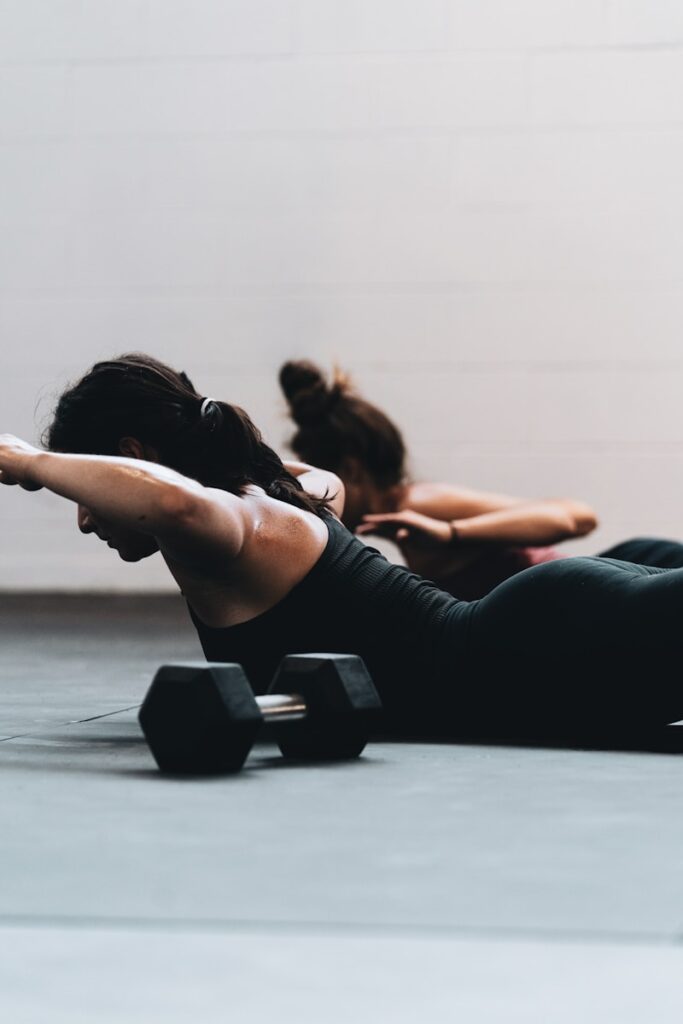
12. **The General Plank (Misunderstood for Six-Pack Development)**While Section 1 addressed “Long-Duration Planks” and their limitations for building visible abs, it’s worth re-examining the general plank itself, as it’s often misunderstood in the context of achieving a six-pack. The plank is widely lauded as a fundamental core exercise, and for good reason—it’s excellent for spinal stabilization and overall core work. However, when the explicit goal is to target the rectus abdominis (the “six-pack” muscle) and obliques for definition, the plank often “refused to work” as effectively as many believe.
Therefore, if your primary goal is to carve out visible abs, relying solely on planks, or expecting them to be your main six-pack builder, is a misunderstanding of its true function. It’s an indispensable exercise for foundational core strength and protecting your spine, and there’s definitely “a reason to include it in your routine, at least on occasion.” However, for ab-specific exercises aimed at the rectus abdominis and obliques, there are indeed better choices. Consider using planks as a core stability exercise, perhaps towards the end of your routine when your abs are already fatigued, to enhance their specific engagement.
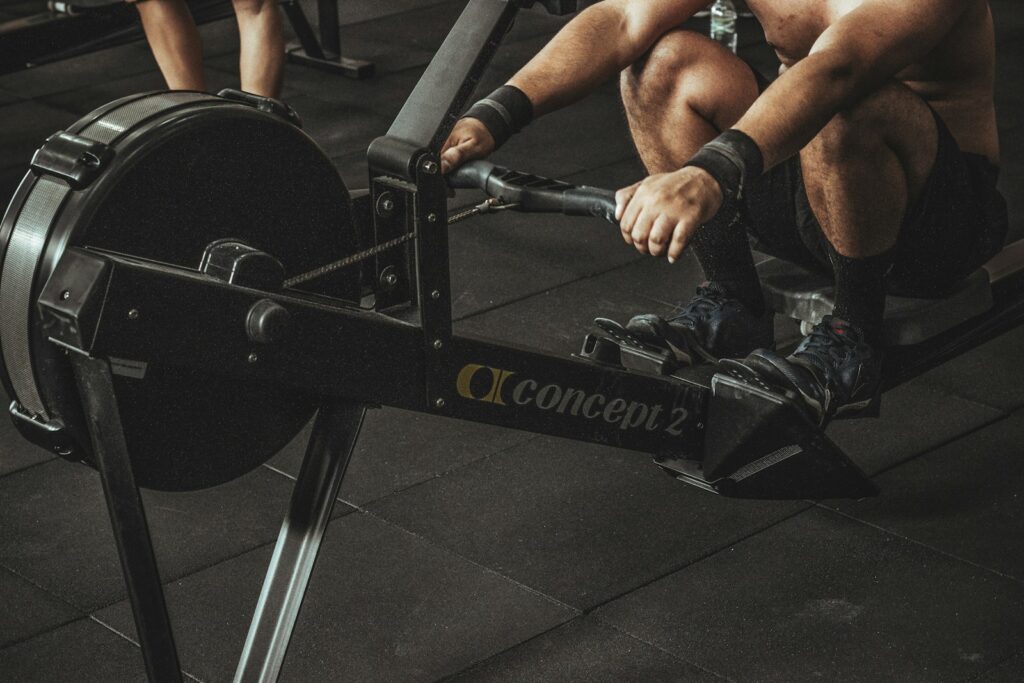
13. **Incline Sit-ups (Risky without Advanced Core Strength)**The incline sit-up is a common sight in gyms, with individuals securing their feet and sometimes even holding dumbbells to increase the challenge. The intent is clear: amplify the load on the core during the sit-up motion. However, this variation frequently “refused to work” effectively for the majority of guys seeking a six-pack, primarily due to the heightened risk of injury if core strength and form are not impeccable. As Tom’s Guide warns, “if you don’t get your form right, or you don’t have the core strength to perform the sit-up on the bench, you’re at risk of putting your lower back at risk of injury.”
The challenge here is that the incline angle, combined with potential added weight, demands a high level of core control to keep the pelvis neutral and prevent the lower back from arching. For those who lack this advanced core strength, the body tends to compensate by leaning backward or using momentum, which places considerable strain directly on the lumbar spine. This can exacerbate issues for individuals who already have tight hips from prolonged sitting, making an already inefficient movement potentially dangerous for long-term spinal health.
While individuals with “strong core muscles” and the ability to maintain a neutral pelvis might navigate incline sit-ups safely, for most guys, the risk-reward ratio simply doesn’t favor this exercise for six-pack development. The potential for lower back strain far outweighs the limited benefits for rectus abdominis engagement, especially when compared to safer and more effective alternatives. Instead of risking injury on an incline, focus on foundational core strength builders like dead bugs, hollow body holds, or a farmer’s walk, which provide a more controlled and beneficial path to a robust core without the inherent risks of this challenging sit-up variation.
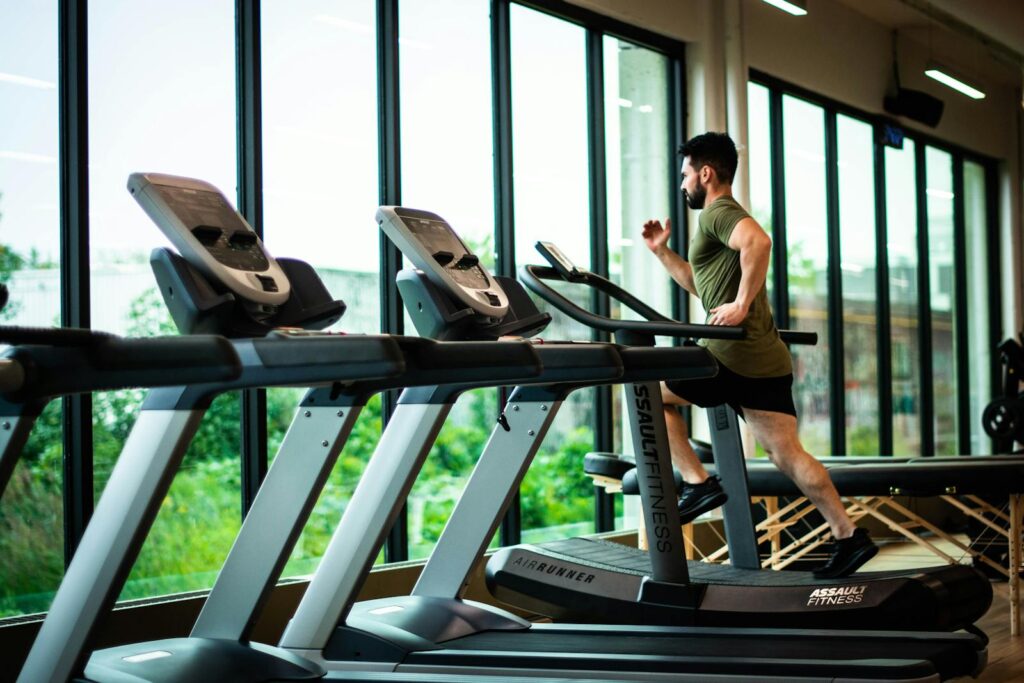
14. **The Ab Coaster Max (Effective, But Cost-Prohibitive for Most)**The Ab Coaster Max represents a unique category among ab devices: it’s actually effective, but its significant cost makes it an impractical choice that “refused to work for most guys” purely due to accessibility. In studies, the Ab Coaster Max demonstrated strong performance, doing “great for obliques and okay for rectus abs.” This suggests that, unlike the “garbage” infomercial devices, this machine genuinely engages the target muscles and can contribute to a stronger, more defined midsection through controlled, effective movement.
The design of the Ab Coaster Max typically involves kneeling on a moving carriage and pulling your knees up towards your chest, often with a slight rotational component. This motion effectively targets both the rectus abdominis and, notably, the obliques, making it a comprehensive core builder. The controlled movement and ability to focus on muscle contraction, rather than momentum, are key to its success in generating significant ab activation, delivering on its promise for core work.
However, the elephant in the room is its price tag. The context notes that if “your gym doesn’t have this machine, one will cost you $300.” For the average gym-goer, investing $300 in a single piece of ab-specific equipment is a considerable financial hurdle, especially when many equally effective (or even superior) exercises can be performed with minimal or no equipment. While the Ab Coaster Max performs well, its effectiveness is largely irrelevant if it’s beyond the reach of “most guys,” rendering it an excellent tool that, for practical reasons, often fails to become a part of their regular routine.
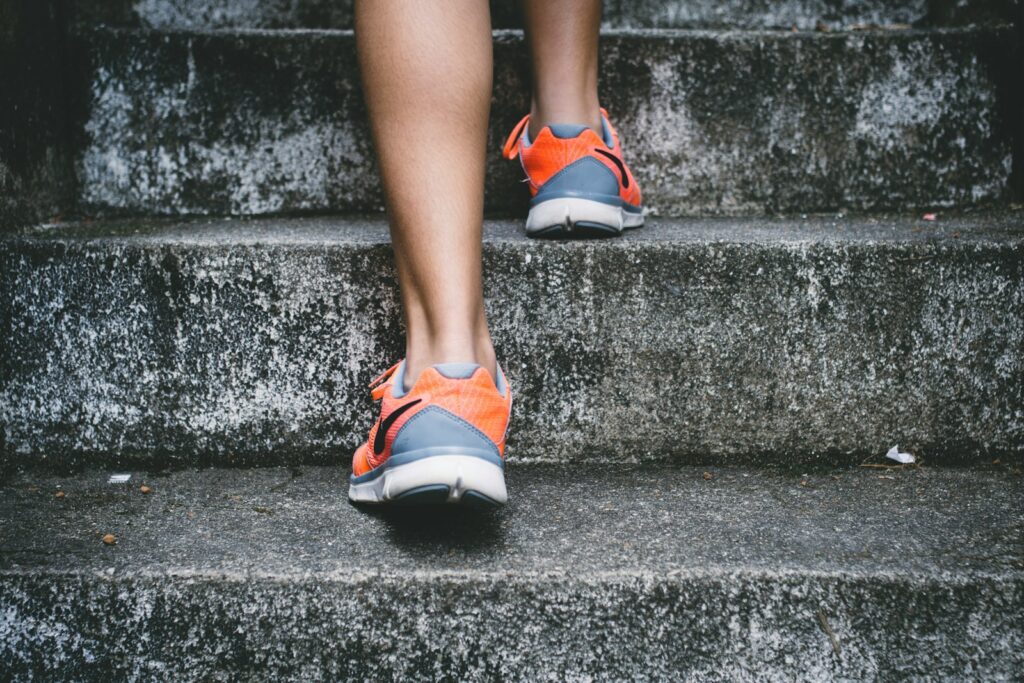
15. **The Perfect Situp (A Good Device, Now Obsolete)**Rounding out our exploration of ab exercises and devices that often fail to deliver for “most guys” is the curious case of the Perfect Situp. This device “rated high for upper abs and obliques” in studies, which might initially seem contradictory to our earlier dismissal of traditional sit-ups. However, as the context clarifies, “this isn’t a sit-up.” The Perfect Situp cleverly combined elements of a bicycle crunch and a lying leg raise, enhanced with neck support, offering a more effective and safer way to engage the core than its namesake.
Its design focused on optimizing muscle activation while mitigating the common pitfalls of traditional sit-ups, such as hip flexor dominance and spinal strain. By supporting the neck and guiding users through a more precise, compound movement, the Perfect Situp managed to deliver superior results for upper abs and obliques, making it a genuinely effective tool for core development, perhaps even worthy of its ambitious name. “Maybe they should’ve named it Perfect Crunch,” the context playfully suggests, highlighting its true nature as a sophisticated ab enhancer.
Yet, despite its demonstrated efficacy, the Perfect Situp “didn’t catch on” commercially. The article states that “you’ll have to get it on eBay now,” signifying its journey into obsolescence. This makes it a prime example of an innovative and effective piece of equipment that, for reasons unrelated to its actual performance, “refused to work for most guys” simply because it became unavailable. Its disappearance from the mainstream market means that even if it was a good solution, its inaccessibility today renders it ineffective for anyone trying to build a six-pack, a stark reminder of market realities in fitness.
Navigating the labyrinthine world of ab exercises and equipment can feel like an endless quest, filled with promises of shortcuts and miracle solutions. But as we’ve meticulously uncovered throughout this two-part series, the path to a truly strong, defined six-pack is paved not with fads or fleeting trends, but with informed choices and consistent, effective effort. By understanding which exercises truly engage your core, identifying the gadgets that fall flat, and sidestepping movements that carry more risk than reward, you can transform your approach to ab training. Remember, a visible six-pack is a testament to dedicated training and thoughtful nutrition, built on a foundation of scientific insights and expert guidance, not just endless, misguided reps. Focus on the proven, progressive methods, and you’ll not only achieve the aesthetic results you desire but also forge a resilient, functional core that serves you well in every aspect of life. It’s time to skip the Instagram stupidity and embrace the science of sculpting your strongest midsection yet.

